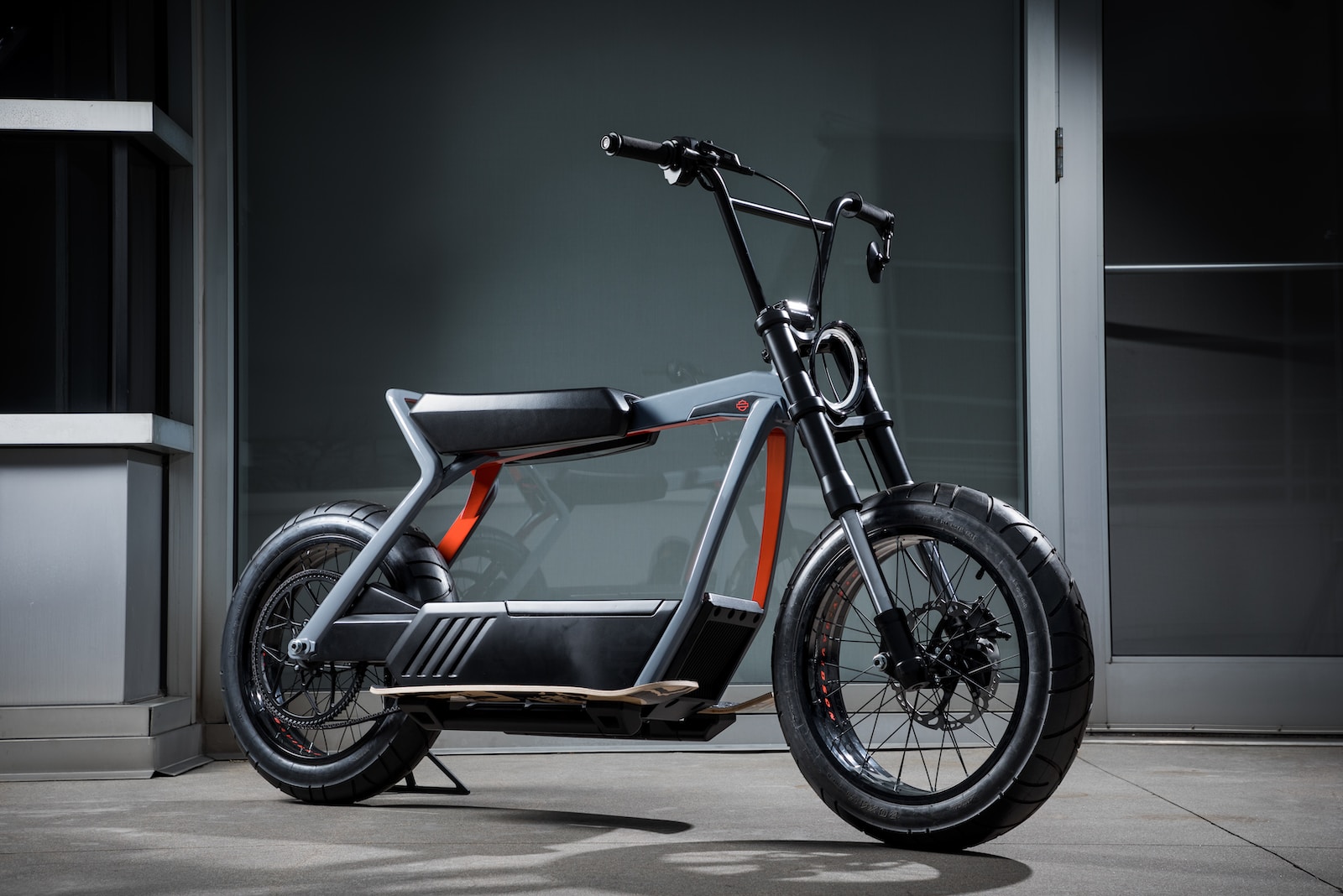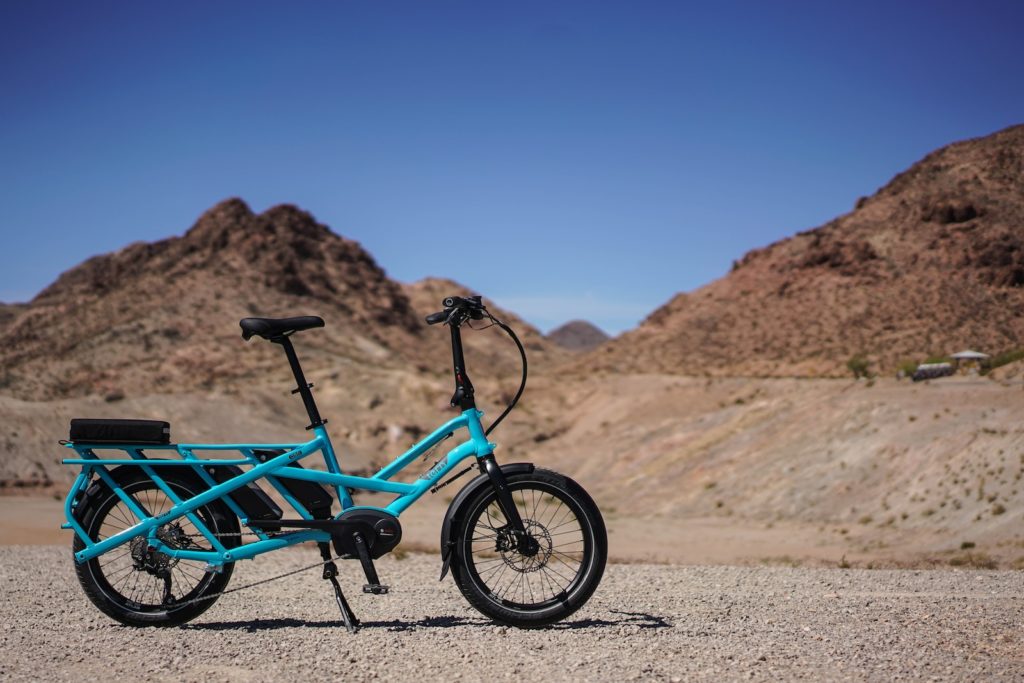
As kids, many of us experienced that magical moment of learning to ride a bike. It felt like flying, a sensation that often fades as adulthood approaches and biking is dismissed as just another “kids’ thing”. But recent trends suggest a resurgence in the popularity of bikes, especially e-bikes. Are they the eco-friendly transport mode of the future? Or just a fleeting trend?
The History of E-bikes: More than a Century in the Making
Believe it or not, electric bikes have been around since the late 1800s! But back in the horse-and-buggy days, they were quickly overshadowed by the more promising “automobile”. It’s only now, in a different cultural and technological milieu, that they’re really gaining traction.
Over the years, e-bikes have seen numerous design and performance enhancements. One notable advancement was Yamaha’s introduction of the first pedal-assist model in 1993. Unlike previous e-bike models that used a throttle mechanism, modern e-bikes often offer a more natural biking experience, with the motor kicking in as you pedal.
Due to various regulations, e-bikes’ speeds are typically capped around 20-28 mph, but they have the potential to go much faster.
A Shift in Demographics
In the early 2000s, the term “e-bike” started becoming more mainstream. While initial interest was predominantly from older demographics, there’s been a marked shift towards younger urban consumers who see e-bikes as a convenient transportation alternative.
However, there’s one key difference between now and the 1890s: the overwhelming dominance of car culture, especially in North America. Yet with increasing awareness of environmental concerns and the realities of climate change, many are reevaluating their reliance on traditional motor vehicles.

The Middle Path
E-bikes occupy an interesting middle ground. They’re faster than regular bikes but slower than cars. While they can’t match the storage capabilities of a car, they’re more affordable and don’t require the same physical exertion as a regular bike. Their versatility makes them suitable for a variety of urban users, from the casual rider to the “bike curious”.
Moreover, e-bikes are proving to be a boon for urban transportation. They’re broadening the horizons of what individuals can achieve with a bicycle, fostering a positive feedback loop that encourages more bike-friendly urban infrastructure.
The Sustainability Factor: It’s Not All Green
However, there are caveats to consider. One major concern is the environmental impact of batteries. Despite being touted as “green”, batteries come with their own set of environmental challenges, from unethical lithium extraction practices to the issue of recycling.
It’s crucial to recognize that how these bikes are only eco-friendly if they actually replace car trips. If you buy an one and it languishes unused, the environmental costs of producing it go to waste. A traditional pedal bike will always be greener, but the convenience of an e-bike might motivate more people to swap their cars for two wheels.
Safety and Infrastructure: A Challenge to Overcome
Another significant challenge is the lack of bike-friendly infrastructure in many parts of the U.S. and Canada. Streets that are unsafe or impractical for cyclists can hinder the wider adoption of e-bikes as a primary transport mode.
Thankfully, there’s been a push for more bike-friendly city planning in various parts of North America. Increased bike usage, whether electric or not, encourages further infrastructure development, creating a snowball effect of increased safety and ridership.

Verdict
Should you jump on the e-bike bandwagon? It depends on your individual circumstances. It’s vital to assess whether it fits into your lifestyle, rather than just buying into the trend.
If you’re considering transitioning from car commuting, perhaps test out your old bike first. If you find yourself enjoying the experience but wish for a bit of a boost, especially for those challenging uphill routes, an e-bike could be the answer.
Ultimately, the key is informed decision-making. Understand your needs, research your options, and make choices that align with your lifestyle and values.
For more related information, read about how the fitness industry muscles in gym memberships to consumers.
Key Takeaways
- Historical Context: E-bikes have been around since the late 1800s, but their current surge in popularity aligns with a shift towards eco-consciousness and urban transportation needs.
- Versatility & Appeal: They occupy a unique middle ground between regular bikes and cars, offering speed, affordability, and convenience. They’re attracting a diverse range of users, from seasoned riders to urban commuters.
- Sustainability Concerns: While they are eco-friendlier than cars, their batteries pose environmental challenges. Their true green potential is realized only if they replace car trips.
- Infrastructure Hurdles: Safe cycling infrastructure is essential for the broader adoption of e-bikes. Many North American cities lack bike-friendly pathways, but there’s a push towards creating more inclusive urban transport designs.
